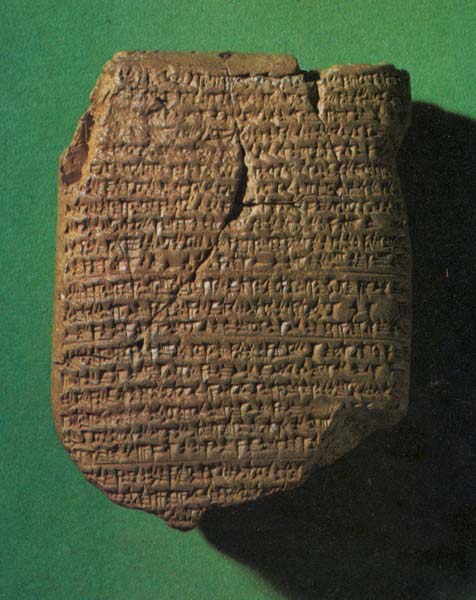Image Details

British Museum
The tablet’s obverse side recounts Babylon’s defeat of the Egyptian army at Carchemish in 605 B.C. and its conquest of Syria; Nebuchadnezzar’s succession to the Babylonian throne that same year and his acceptance of tribute from the kings of Syro-Palestine in 604 B.C.; the sack of Ashkelon in 603 B.C.; and the hitherto-unknown battle in 601 B.C. between the Babylonians and the Egyptians that ended inconclusively and which caused Jehoiakim, king of Judah, to align himself with Egypt. That proved a disastrous decision in light of subsequent events.
A paragraph on the reverse side of the tablet tells us just what those subsequent events were: “In the month of Kislev of his seventh year the king of Babylon [Nebuchadnezzar] mustered his army to march to Hatti-land [Syro-Palestine] and besieged the city of Judah [Jerusalem] and on the second day of Addar [15/16 March 597 B.C.] captured the city and seized its king [Jehoiachin]. He appointed there a king of his own choice [Zedekiah/Mattaniah] and took vast tribute, bringing it back to Babylon.” (Translation by Donald J. Wiseman.) A failed revolt ten years later in Judah ended in the utter destruction of the Jerusalem Temple and in the exile of most of the population to Babylon.
